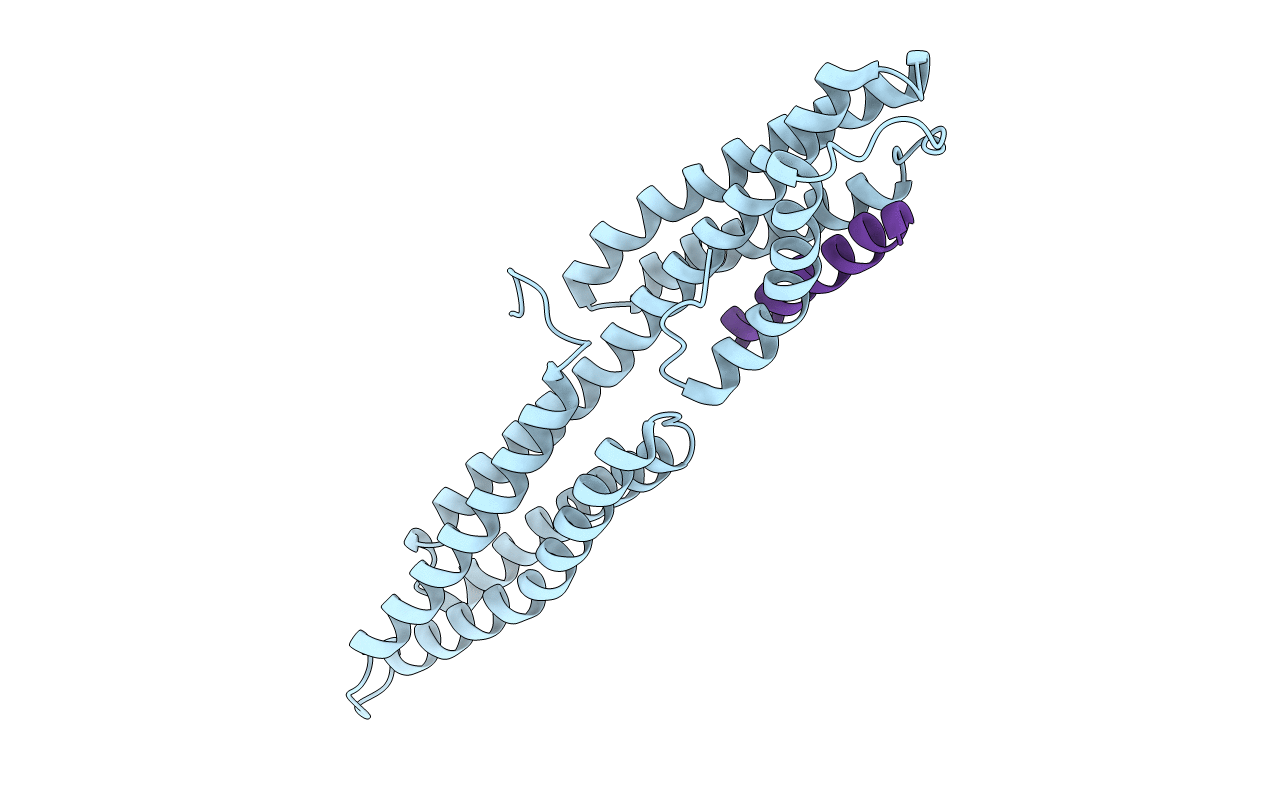
Deposition Date
2006-05-07
Release Date
2006-11-14
Last Version Date
2024-02-14
Entry Detail
PDB ID:
2GWW
Keywords:
Title:
Human vinculin (head domain, Vh1, residues 1-258) in complex with Shigella's IpaA vinculin binding site (residues 602-633)
Biological Source:
Source Organism:
Homo sapiens (Taxon ID: 9606)
Shigella flexneri (Taxon ID: 623)
Shigella flexneri (Taxon ID: 623)
Host Organism:
Method Details:
Experimental Method:
Resolution:
2.72 Å
R-Value Free:
0.29
R-Value Work:
0.22
R-Value Observed:
0.23
Space Group:
I 41 3 2


